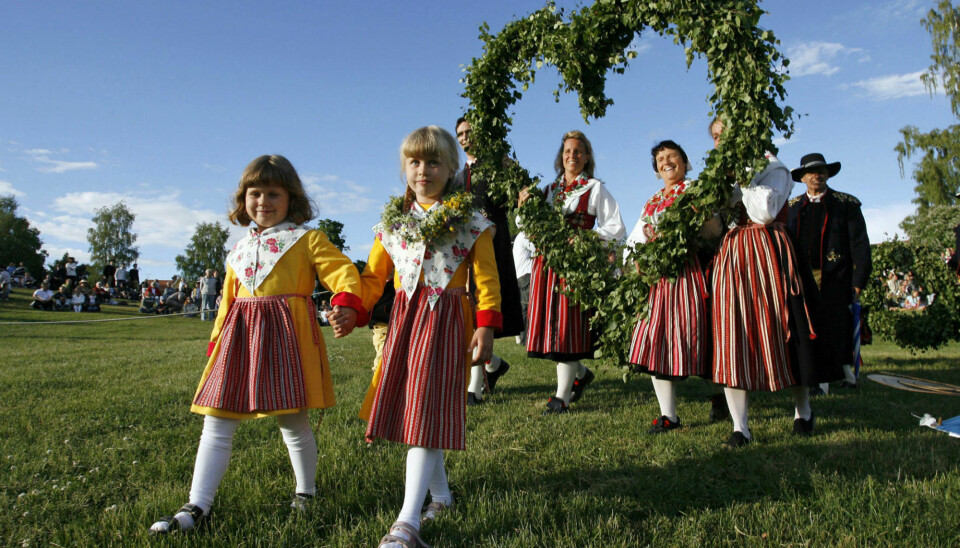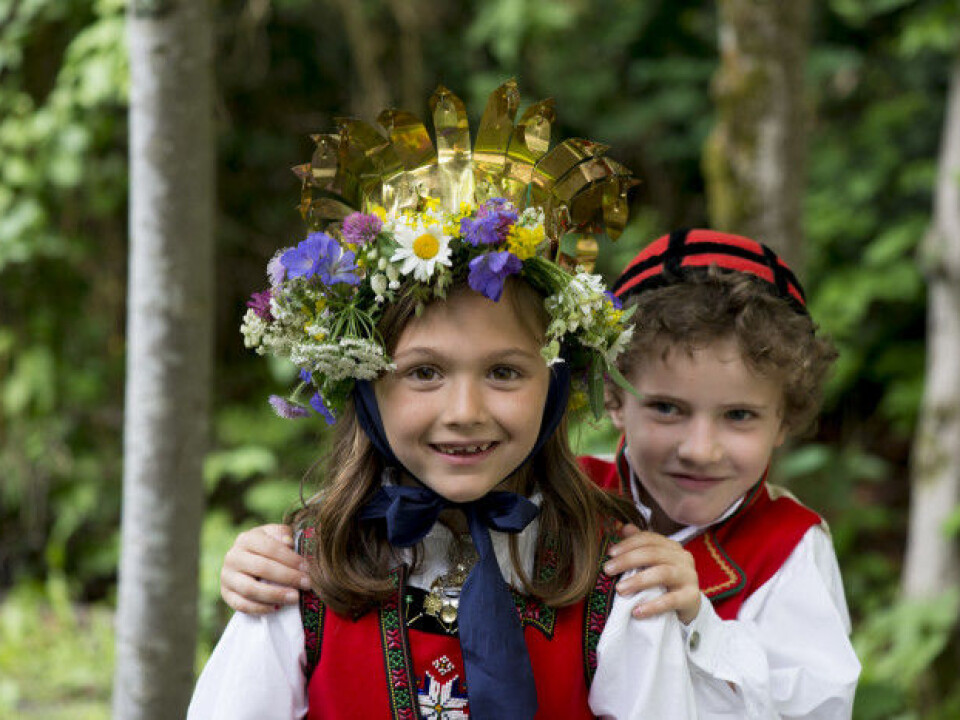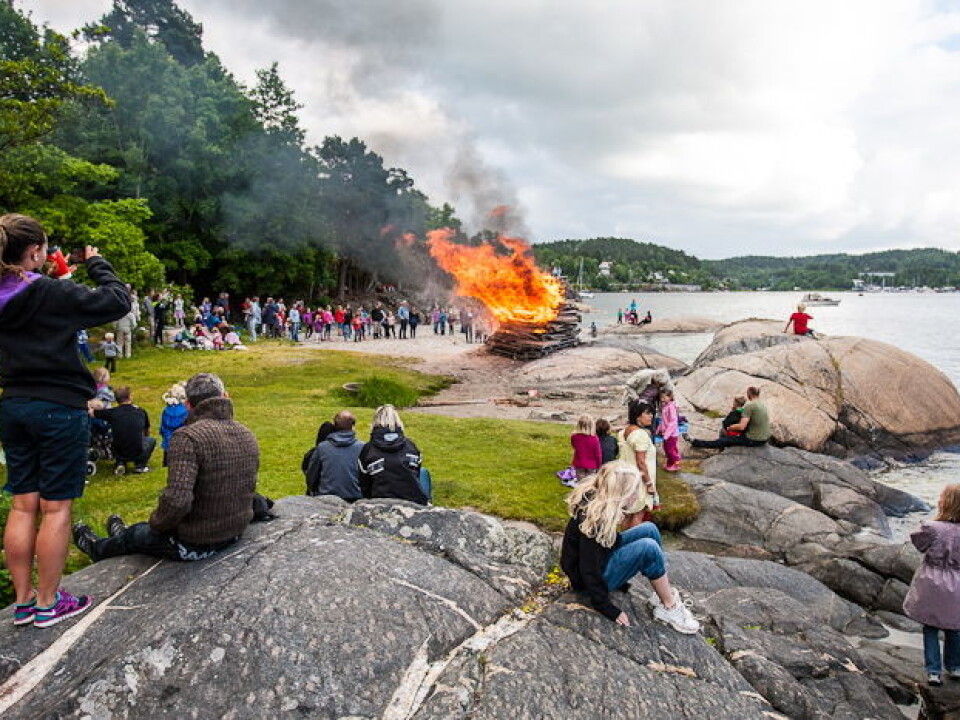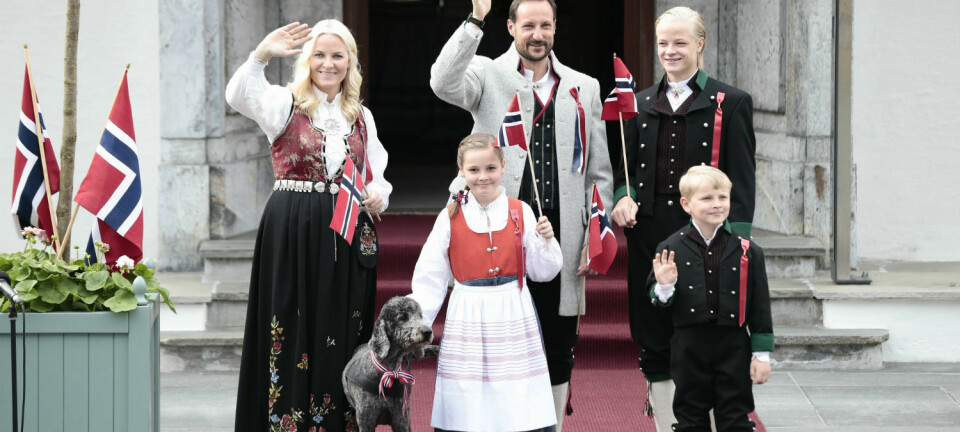
Swedes and Danes dominate Scandinavian Midsummer Eve
A survey shows only 15 percent of Norwegians now celebrate the ancient festivities around the summer solstice.
Denne artikkelen er over ti år gammel og kan inneholde utdatert informasjon.
Fewer and fewer Norwegians celebrate Midsummer Eve – or St. John’s Eve – like the Danes and Swedes do, according to a study of national rituals and symbolic holidays by the Kifo Research Centre in Oslo.
The survey was carried out in Norway, Sweden and Denmark in 1998 and repeated with a follow-up in 2013. It shows that the participation in Midsummer Eve celebrations has dropped by ten percent during the past 15 years in Norway.
In Sweden and Denmark, the trend has gone the opposite direction, as over 40 percent say they engage in Midsummer festivities – a significant rise since 1998.
Replaced by Constitution Day
Kifo researcher Pål Kjetil Botvar thinks Norwegians gratify much of their needs for a celebration on May 17th, Constitution Day. Norway’s neighbours also have patriotic national holidays but these don’t have anything near Norway’s in popularity and participation. Some 70 percent of Norwegians celebrate their national day, compared to 15 percent in Sweden and six percent in Denmark.

“When the Danes and Swedes celebrate Midsummer it could serve as a kind of replacement for their lack of celebration of a national day,” says Botvar.
Marking a transition
Anne Kristin Moe, a cultural historian at the Norwegian Museum of Cultural History in Oslo is not sure why her countrymen are no longer keen on celebrating the summer solstice. She thinks it could tie in with general changes in collective habits.
“Formerly it was arranged by the local community. Organisations and institutions have now taken over. They compete for the same people.”
She says that Midsummer Eve used to be the biggest festivity in Norway along with yuletide, or Christmas.

Like Christmas, this used to be a celebration of a transition in nature. The pagan yuletide celebrated the winter solstice, when days started to grow longer, whereas summer solstice marks the shift toward shorter days.
Mainly about drinking
Moe cannot say when Norwegians started celebrating the summer solstice, as it stretches back to prehistoric times.
“The Midsummer bonfire is a pre-Christian custom. But how far back it goes I cannot say. There are few sources to go by. What we find focuses on sacrifices and drinking.”
After Norway became Christian around 1000 AD, the new religion did as it had done elsewhere, turning the ancient winter solstice celebrations into the birth of Christ and the summer solstice into the birth of John the Baptist, exactly six months apart.
The change to a Christian context was implemented when the Viking King Olav Tryggvason took power in Norway.
St. John’s Day was a holy day until 1771, when the number of religious holidays from the Middle Ages were greatly reduced. Norwegians no longer have this day off work. This is probably another good reason why Norwegians celebrate the day less frequently and wildly than their Swedish neighbours.
In Sweden, the day is moved to the closest weekend to the summer solstice, on Friday and Saturday this weekend, public holidays in Sweden.
John, Hans and Johannes
In Norway and Denmark, St. John the Baptist, or St. Johannes, is also known as St. Hans. The latter is the name of the day used in these two countries, while Swedes use the non-religious term midtsommar – Midsummer. Norwegians have also called the day Jonsok, again for John or Jon, as the name can be spelled.
The bewitching bonfire
Bonfires have always been a part of Norwegian Midsummer celebrations. Anne Kristin Moe says this is one of the few rituals that have survived.
“Several interpretations have been given for what this symbolises. One is that the bonfire was supposed to augment or bolster the Sun, which was vital for fertility in agricultural societies. Another is that the fire symbolises the old giving way to the new. Fire also protects against spirits and witches.”
The Danes still place the effigy of a witch atop their Midsummer bonfires.
The collection of scrap wood and combustible items and piling them up for a huge fire used to be a joint activity in local communities. Towns and villages have competed to build the largest St. John’s Day bonfires.
Organisations take over
Organisations took over the Midsummer celebrations towards the end of the 19th century.
Moe says that impromptu gatherings became steadily more infrequent.
Now only about one in eight Norwegians does anything special on this day. Those who do, often celebrate privately at home with their families.
------------
Read the Norwegian version of this article at forskning.no
Translated by: Glenn Ostling
































